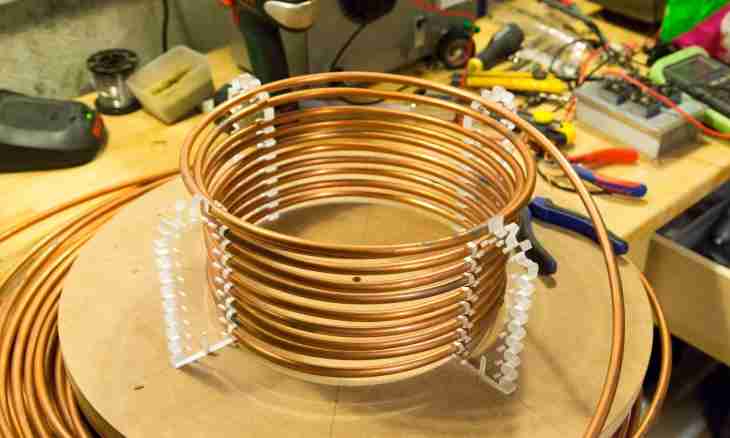At amateur designing, transformers with unknown parameters are quite often used. In this case there is a need to define windings of the transformer and their characteristic, in particular, number of rounds.
Instruction
1. In practice of amateur designing usually it is necessary to deal with the raising and lowering transformers. On the core of such transformers manufactured of electrotechnical steel the necessary number of windings is reeled up. The quantity of windings and number of rounds in them are selected so that to receive the necessary tension at the exit.
2. Irrespective of type of the transformer, the winding on which tension moves is considered primary. Secondary – that to which loading is connected. Primary winding is reeled up by the first, then are isolated. Over it the secondary winding is reeled up.
3. On many transformers conclusions are designated by inscriptions that facilitates definition of windings. If there are no inscriptions, find a multimeter (tester) the pair ends of windings and write down their resistance. Pay attention to the conclusion which is from above – it will belong almost for certain to a secondary winding. If the transformer lowering, then resistance of a secondary winding is always less, than at primary. Compare resistance of the found windings – if at external resistance is less, than at internal, then it is the lowering transformer and you successfully defined windings.
4. If the transformer not four, and has more conclusions and when checking by a tester you find 3-4 and more conclusions connected among themselves, then you deal with the secondary winding having intermediate conclusions for obtaining various tension. (Primary) in this case the winding with two conclusions and the biggest resistance will be network.
5. To help define windings diameter of the used wire can – at secondary it thicker, than at primary. It is connected with the fact that at transformation the undervoltage is followed by increase in current.
6. If it is necessary to learn number of rounds in windings, reel up one more of 30-50 rounds over the last winding. After that give on primary winding small tension – for example, 12 V. Izmerta tension in secondary and additional windings. For calculation of number of rounds use a formula: n = Un × Wdob/Udob where n is number of rounds of a winding of the transformer, Un – tension operating on this winding, Wdob – number of rounds in an additional winding, Udob – tension on it.

